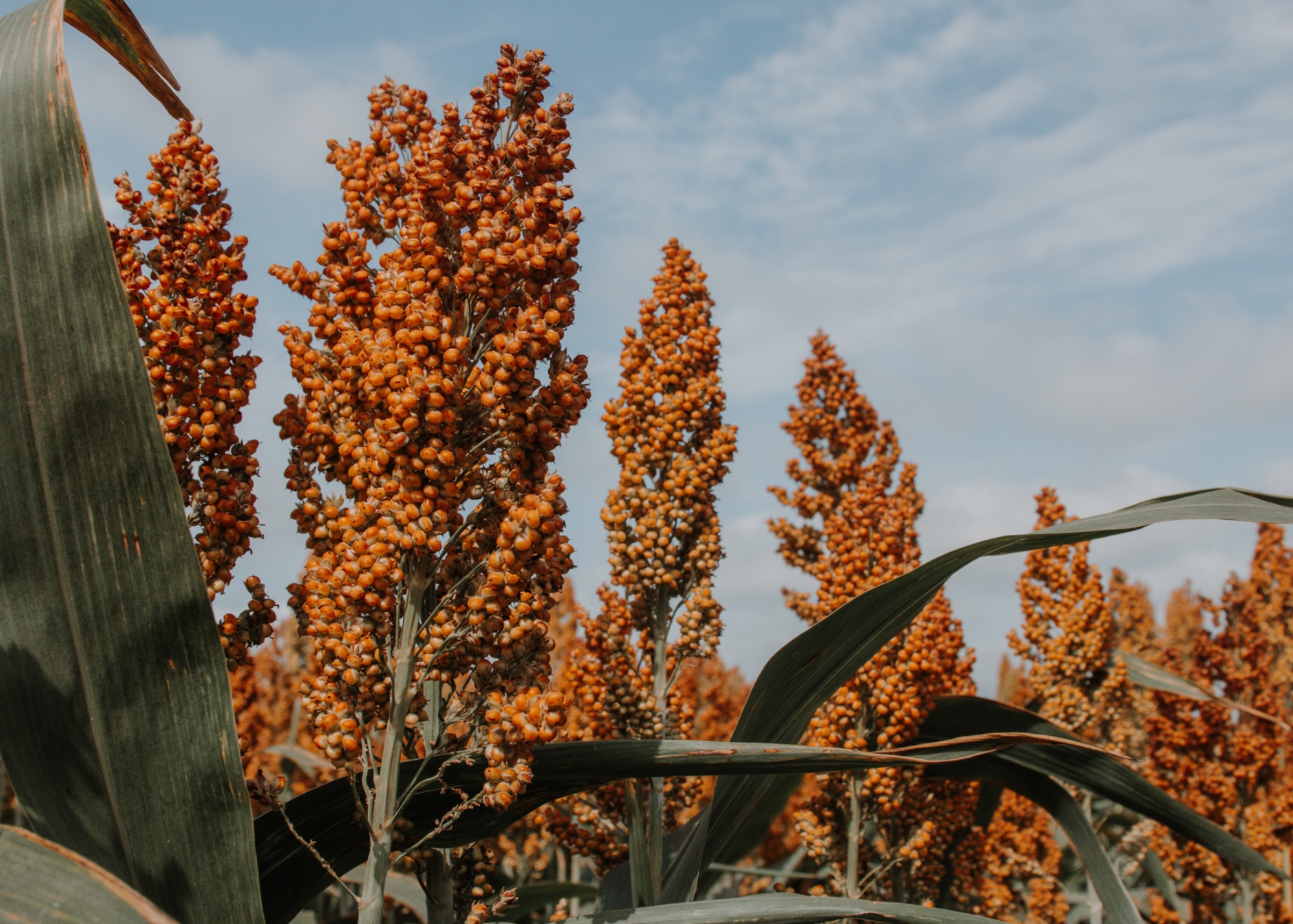The past decade of volatile markets has led to the reminder of the importance of taking advantage of cash marketing strategies when prices are opportunistic.
The reality of lower grain prices compared to one year ago at this same time frame has reminded many producers of the importance of being updated on the various grain marketing tools available for helping to protect and price their crop.

What’s happened
Coming off two years of higher-priced grain, thanks to a bull market in 2021 and 2022, many producers were slightly apathetic in their grain marketing approach during 2023. Some felt that surely the price of corn would stay high for the entire year. Unfortunately, that was not the reality as corn prices dropped $1.50 a bushel over the past year.
From a marketing perspective
Looking toward to 2024, will there be a price rally in the coming weeks due to South American weather scares? What happens if demand goes into a lull and South American weather appears to be ideal?
While the price outlook for grains heading into 2024 is mixed, and heavily dependent on weather around the world, it is time to get ready with your marketing tools so you can take advantage of a price rally, should one occur.
In the day and age where one U.S. Department of Agriculture report or one “tweet” can move a futures market limit up or limit down, you have to be on your game when it comes time for taking advantage of marketing opportunities. Looking for a place to start this refreshment process? Look no further.
Prepare yourself
Having a plan ready now and understating marketing tools available to you will allow you to pull the trigger on cash sales at appropriate times in 2024.
1. Ways to lock in your cash sales
While there is more than one way to lock in a cash sale, let’s keep it simple and focus on two popular methods. Let’s first look at forward contracting.
This is a contract between you and a physical buyer of your grain: the elevator, ethanol plant or processing plant. The forward contract specifies price, time, quantity, and date of delivery. Once you agree to this contract with the buyer, you (the producer) know exactly where, when, the quantity, and the final price received for the grain you are then responsible for delivering to the buyer. The potential negative is the inability to benefit from higher prices, should prices increase after you have entered into the agreement.
Another way to sell grain with a commitment to deliver and not a lock in basis—basis is the difference between the cash prices and the price in Chicago on the board—is called hedge-to-arrive.
Hedge-to-arrive contracts require a delivery period on a specified quantity of bushels. The futures price is locked in and known, yet this contract leaves the potential for basis improvement in the months ahead. If your elevator offers hedge-to-arrive contracts, make sure you understand the costs (hidden fees) as well as ramifications if delivery cannot be made.
2. Ways to protect price on “paper”
Sometimes, you may not be comfortable making cash sales for various reasons. Sometimes, it is in part due to being unsure of bushels growing in the field. In lieu of cash grain contracts, you can sell futures or use options with a commodity brokerage firm. To do this, you need to open an account, and find a broker that you trust to teach you the ins and outs of different marketing tools, and how to properly use them.
When looking at protecting prices and giving yourself a price floor, if you do not have a big risk tolerance, then the tool you may want to use is “buying a put option.” You pay a one-time premium and commission for the put (no margin calls). If you are wanting to establish a price floor and leave the topside open for cash price appreciation, then buying a put is a great tool to use.
Another strategy is a fence. A short fence is where you buy a put and sell an out-of-the-money call. The objective is to reduce the cost of the put with premium collected from the sold call. The sold call is a marginable position if futures prices move higher.
Not interested in margin risk? A bear put spread is the purchase of a put combined with selling an out-of-the-money put in the same contract month. While selling a put can help reduce the cost of the long put, it does cap your ability to gain on the position if the futures prices drop.
If you have a bigger risk tolerance, then you might want to consider selling futures. The potential negative is that you will be required to meet margin calls. Unlike a hedge-to-arrive contract where the grain elevators meet the margin requirement (behind the scenes on your behalf), the risk shifts to you, and you will need to have cash flow readily available to finance your hedge account.
Sign up for HPJ Insights
Our weekly newsletter delivers the latest news straight to your inbox including breaking news, our exclusive columns and much more.
Whatever your strategy, make sure it works for you and your risk tolerance. Make sure that you understand it and you’re comfortable with it. Don’t bury your head in the sand. Doing nothing is also a risk, and perhaps is the riskiest marketing decision of all.
If you have questions, you can reach Naomi at [email protected] or find her on twitter @naomiblohm.
Futures and options trading involve significant risk of loss and may not be suitable for everyone. Carefully consider whether such trading is suitable for you in light of your financial condition. Total Farm Marketing refers to Stewart-Peterson Group Inc., Stewart-Peterson Inc., and SP Risk Services LLC. Stewart-Peterson Group Inc. is registered with the Commodity Futures Trading Commission (CFTC) as an introducing broker and is a member of National Futures Association. Stewart-Peterson Inc. is a publishing company. SP Risk Services LLC is an insurance agency and an equal opportunity provider. A customer may have relationships with any of the three companies.


